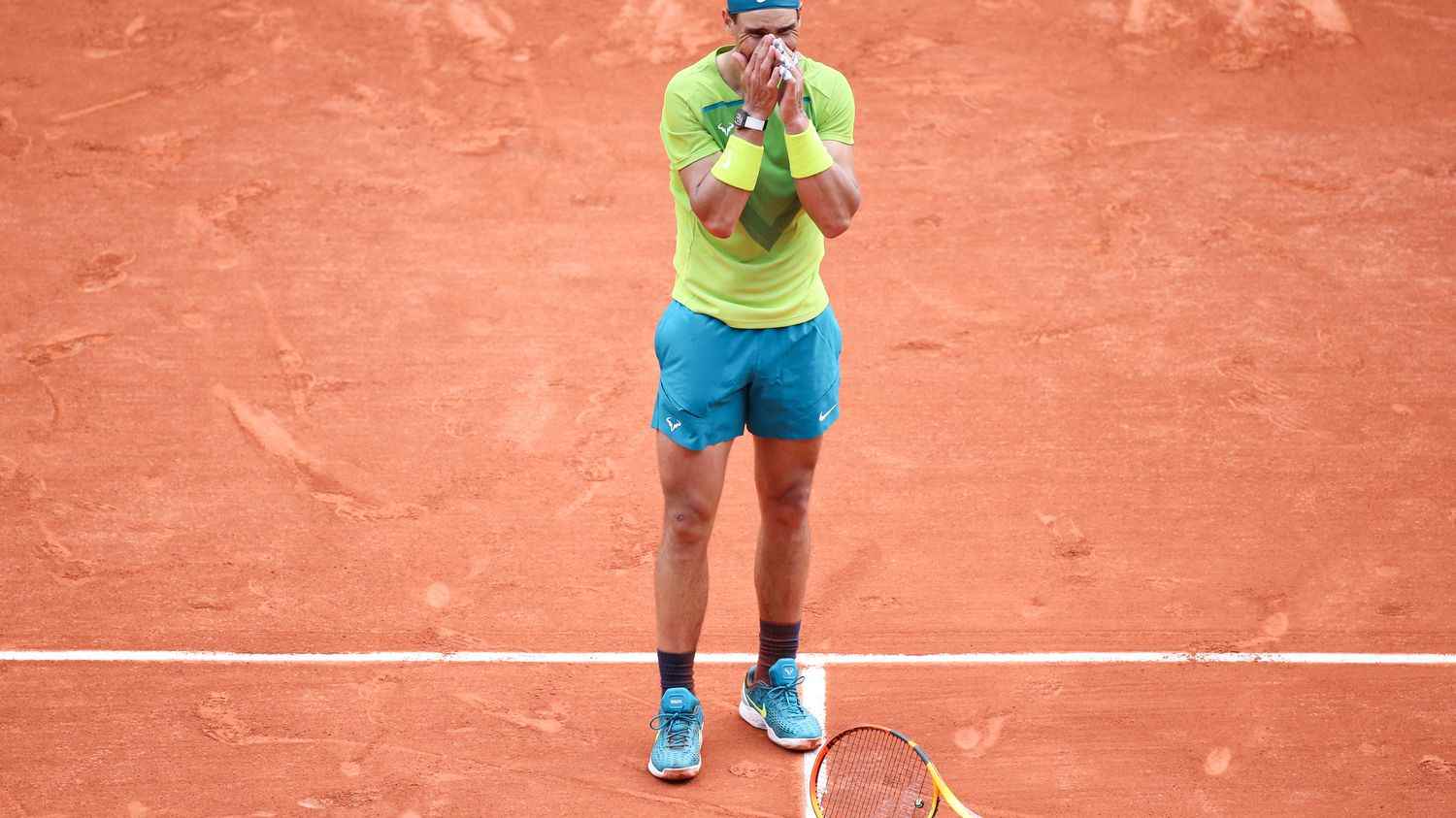He won his fourteenth title at the end of the suffering. The Spaniard Rafael Nadal was once again crowned, Sunday, June 5, at Roland-Garros, after several physically complicated weeks. Between his rib injury after Indian Wells which reduced his preparation on earth, then his persistent pain in his left foot, the world number 5 was able to lift the Musketeers Cup, in particular thanks to injections of anesthetics on certain nerves of his foot. , in order to reduce pain.
“I had no feeling in my foot anymore, because my doctor was able to put an anesthetic on the nerves and that took away all the feeling in my foot,” he explained at a post-match press conference on Sunday. While the Spaniard mentioned a foot “sleeping”franceinfo: sport interviewed Marie-Aude Munoz, orthopedic surgeon, specializing in the foot and ankle in Montpellier, to understand how he was able to play in such conditions.
Rafael Nadal explained having received injections in the nerves, “to cut the pain” and having played without any feeling in the foot. How can you play with a “sleeping foot”?
Marie-Aude Munoz: Already, you should know that you have three types of nerves: the nerve that gives the sensation, the nerves that go to the muscles to give them a command and make them move, and the pain nerves. Then, in order for the foot to move, there are muscles in the calf and in the foot. Even if you can’t feel your foot, your muscles are still working, and you can walk normally.
If Rafael Nadal didn’t feel his foot at all, he wouldn’t have been able to play or even walk. The sole of the foot therefore had to be sensitive. In Nadal’s case, what they apparently did was they put to sleep some small nerve twigs, over the area of his Müller-Weiss pathology. They selected the nerves that give sensitivity and pain to that place. He said it in a general way, but it’s not the whole foot that has been put to sleep, it’s the pathological zone, where we manage to block the nerves that transmit pain information.
These muscles therefore functioned since they did not block the nerves which make the muscles function, but only the sensitive and painful fibers on the area of the diseased foot.
The Spaniard explained that he had “been able to play for these two weeks” thanks to these injections of anesthetic. Is there a risk of receiving these injections over two weeks?
Yes, it is not unusual. There is the risk that the product damages the nerves of the affected area. In the worst case, there may be partial damage, that is to say that the nerve will regain sensitivity, but as it has been damaged, this will create even more pain. Instead of giving you the information “you’re touching my foot”, the nerve will report the information “I’m in pain”.
Can playing under anesthetic involve other risks?
As the patient has less sensation, he can push his foot a little too far, and risk breaking his ankle because he will make a bad support, which he will not be able to control. The danger is that on support, his foot turns, and he gets a fracture or a serious sprain.
Our sensory nerves are also there to stop us. We must not forget that pain is above all made to protect us. Rafael Nadal took a very important risk, because his body is his work tool, but this risk must be measured, punctual, and reserved for this level of activity, and not a practice to be carried out at Mr. and Mrs. everyone.
He also announced that he was going to try another treatment, “by radio frequency”. What does this treatment consist of?
I think it is a therapeutic trial, a treatment that is not yet recognized. Because, as far as classic and validated treatments are concerned, he has already tried them all, I presume. But I can’t tell you what it is.
Given where he is today, he’s at a terminal stage, he’s going to try anything. The only thing we could do is to block the small joints that are painful, but by opting for this option, no one can guarantee that he will be able to regain his level, or even play tennis again. That’s why he wants to try other solutions before this one.
